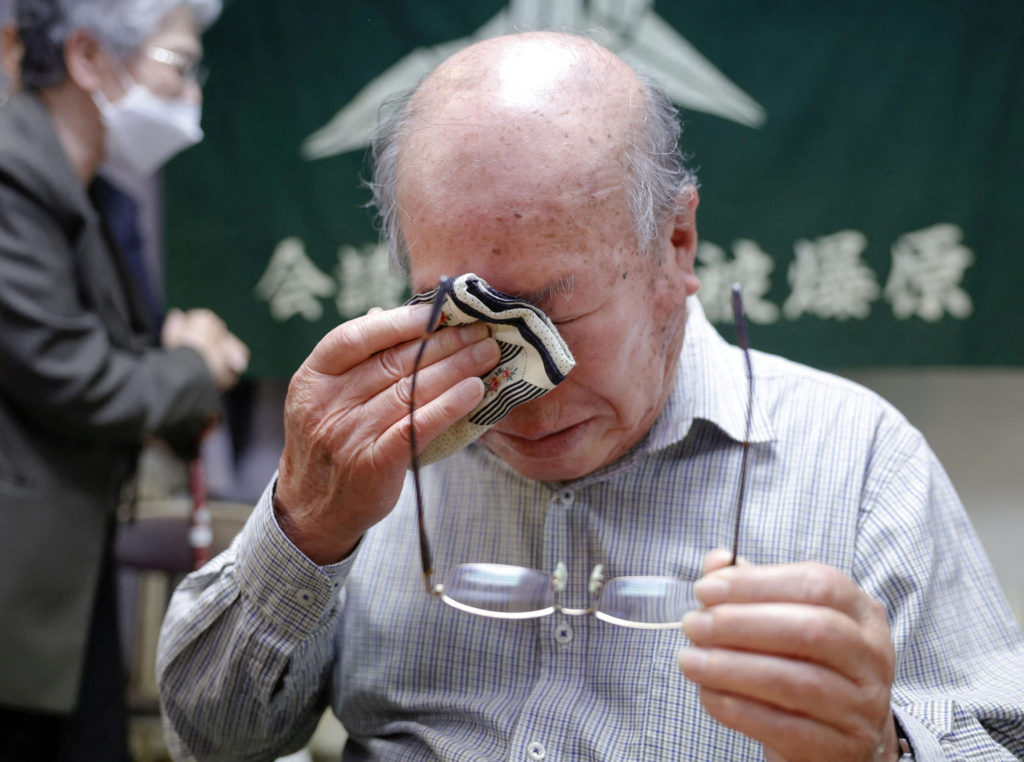
![]()
The Norwegian Nobel Committee has awarded the Nobel Peace Prize for 2024 to the Japanese organisation Nihon Hidankyo.
This grassroots movement of atomic bomb survivors from Hiroshima and Nagasaki, also known as Hibakusha, won for its efforts to achieve a world free of nuclear weapons and for demonstrating through witness testimony that nuclear weapons must never be used again.
In response to the atomic bomb attacks of August 1945, a global movement arose whose members have worked tirelessly to raise awareness about the catastrophic humanitarian consequences of using nuclear weapons.
Gradually, a powerful international norm developed, stigmatising the use of nuclear weapons as morally unacceptable. This norm has become known as “the nuclear taboo”.
The testimony of the Hibakusha – the survivors of Hiroshima and Nagasaki – is unique in this larger context.
These historical witnesses have helped to generate and consolidate widespread opposition to nuclear weapons around the world by drawing on personal stories, creating educational campaigns based on their own experience, and issuing urgent warnings against the spread and use of nuclear weapons.
The Hibakusha help us to describe the indescribable, to think the unthinkable, and to somehow grasp the incomprehensible pain and suffering caused by nuclear weapons.
The Norwegian Nobel Committee wishes nevertheless to acknowledge one encouraging fact: No nuclear weapon has been used in war in nearly 80 years.
The extraordinary efforts of Nihon Hidankyo and other representatives of the Hibakusha have contributed greatly to the establishment of the nuclear taboo.
The nuclear powers are modernising and upgrading their arsenals; new countries appear to be preparing to acquire nuclear weapons; and threats are being made to use nuclear weapons in ongoing warfare.
Next year will mark 80 years since two American atomic bombs killed an estimated 120,000 inhabitants of Hiroshima and Nagasaki.
A comparable number died of burn and radiation injuries in the months and years that followed.
The fates of those who survived the infernos of Hiroshima and Nagasaki were long concealed and neglected.
In 1956, local Hibakusha associations along with victims of nuclear weapons tests in the Pacific formed the Japan Confederation of A- and H-Bomb Sufferers Organisations.
This name was shortened in Japanese to Nihon Hidankyo. It would become the largest and most influential Hibakusha organisation in Japan.
Nihon Hidankyo has provided thousands of witness accounts, issued resolutions and public appeals, and sent annual delegations to the United Nations and a variety of peace conferences to remind the world of the pressing need for nuclear disarmament.